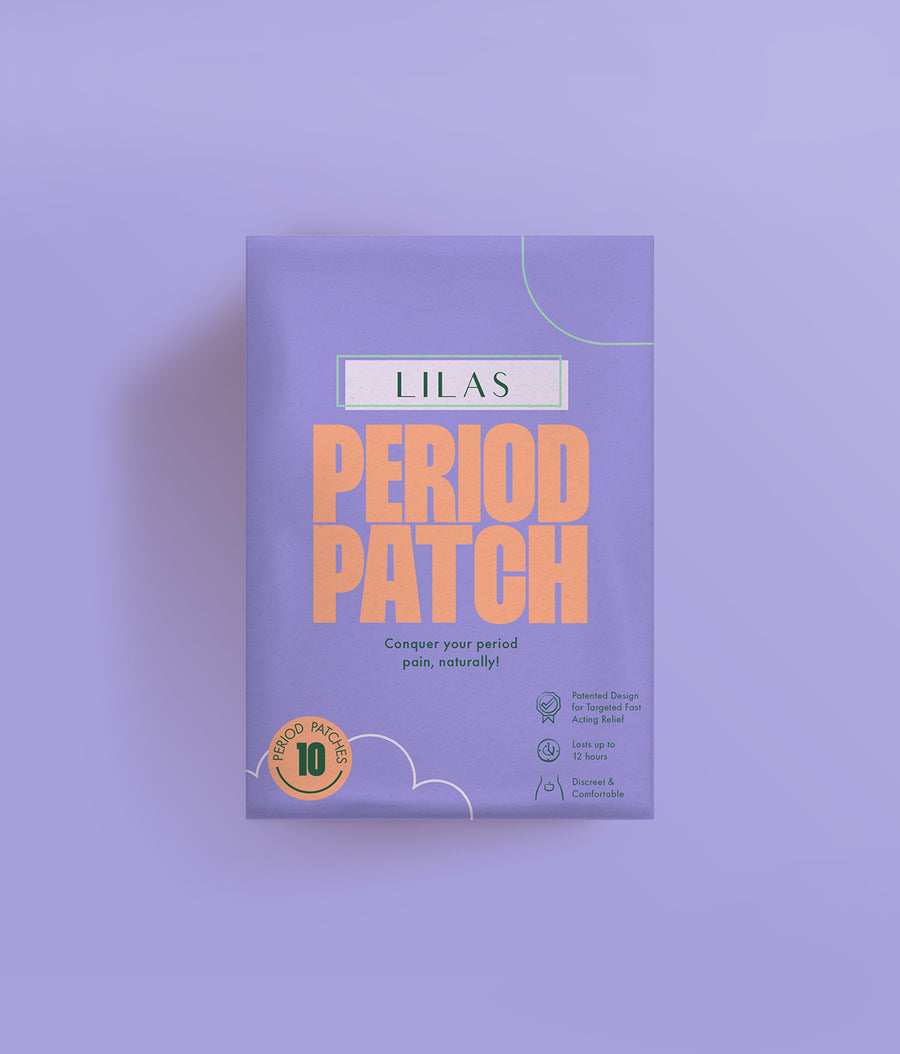The Importance of Learning More about Uterine Fibroids
On July 30th, 2020, Sen. Kamala Harris introduced the Uterine Fibroid Research and Education Act of 2020 to the second session of the 116th US Congress. The bill was proposed as companion legislation to another bill by the same shortened name introduced by Rep. Yvette Clark on March 24, 2020. Especially considering the tumultuous state of the world, the fact that two prominent governmental leaders were determined to consolidate their efforts really speaks to the significance and impact of uterine fibroids. But, I have a confession to make. I didn’t really know what uterine fibroids were until hearing about the Uterine Fibroid Research and Education Act of 2020, exemplifying the very unawareness the bill intends to prevent.
Uterine fibroids are increasingly gaining attention within the sphere of women's health. Also called leiomyomas or myomas, uterine fibroids are muscular tumors in the uterus, on its surface, or along the uterine wall. It is startling that uterine fibroids aren’t very well-known or understood considering how often women experience them. According to expert estimates cited in the legislation, there are about 26,000,000 women between 15-50 years old in the United States alone who have uterine fibroids. Furthermore, it is also estimated that 20–30% of women of reproductive age in the United States have clinically recognized uterine myomas and 7 million women in the United States have fibroids that result in symptoms that warrant substantial procedural treatment.
Perhaps a huge part of why uterine fibroids are not widely heard of is due to the lack of research of the resulting symptoms. Though myomas often don’t cause any symptoms, when they do, the consequences can be dire. The severity of uterine fibroids largely depends on its size and placement. The myomas range in size anywhere from being barely discernible to the naked eye to being so bulky that they reshape the uterus itself. As a result, uterine fibroids are the leading cause of hysterectomy and cause symptoms like frequent urination, constipation, backache, pelvic pain, and heavy menstrual bleeding. Also, while uterine fibroids aren't necessarily known for interfering with the ability to get pregnant, some uterine fibroids, especially submucosal ones, can cause infertility and pregnancy loss. In essence, uterine fibroids have the potential to be very harmful and are often underestimated. The lack of investigative research on the cause or treatment of leiomyomas can be attributed to the andronormativity of medical research. It is high time that women-centric health concerns are more adamantly prioritized. It’s easy to see how gleaning more information and broadening education surrounding uterine fibroids would be to the benefit of women’s wellness at-large.
Of course, there is another nuance in the discussion that the Uterine Fibroid Research and Education Act of 2020 addresses: the treatment quality disparities between uterine fibroid patients across different racial backgrounds. More specifically, Black women are more likely to develop uterine fibroids, experience more severe symptoms, and receive later onset treatment than Caucasian women. Unfortunately, this is rather unsurprising, considering that Black women are less likely to be believed in reporting any pain symptoms, but especially as it pertains to sexual wellness. Bearing all of this in mind, it isn’t shocking that the dedicated legislation is being championed by two Black female government officials. Dialogues sparked by initiatives like the Uterine Fibroid Research and Education Act of 2020 will not only emphasize the allocation of resources to a poorly understood female-centric need, but also encourage people to interrogate the disparities that continue to exist in women’s healthcare. We need to continue to be cognizant of the multiple layers of uterine fibroids and other women’s health concerns as they emerge in different spheres, legislation, and beyond. This is how we will treat ourselves and all women well.


Leave a comment